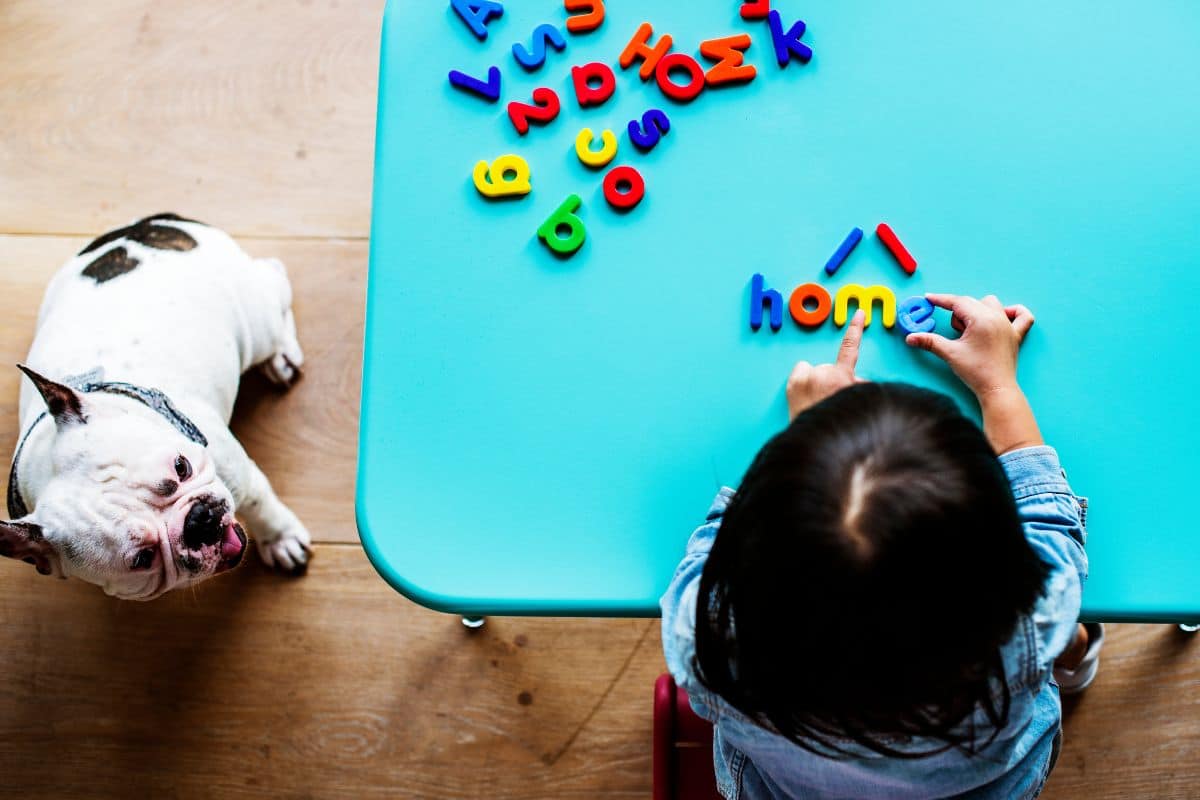One of the greatest experiences for a parent or a teacher is teaching children to read.
At the core of early literacy, instructions like sight words are a basic premise that speeds up the development of reading.
These high-frequency words are found everywhere in books of children, classroom materials and in daily texts.
As soon as young readers recognize sight words, reading becomes easier, faster, and more fun for them.
This article takes a step-by-step approach in educating parents and teachers about all aspects of sight words, including the basic idea behind them and effective methods of teaching these words.
Keskeiset asiat
- Sight words are usually familiar and easy-to-decode words for children.
- These are words constituting 50-75 percent of the total text of books and early reading material for children.
- Reciting sight words is a means of achieving fluency, better understanding, and confidence in reading.
- There is visual recognition, repetition, multisensory and contextual practice, which is effective teaching combined.
- Sight words are used to supplement phonics and not to substitute for it.
What Are Sight Words? (Simple Definition)
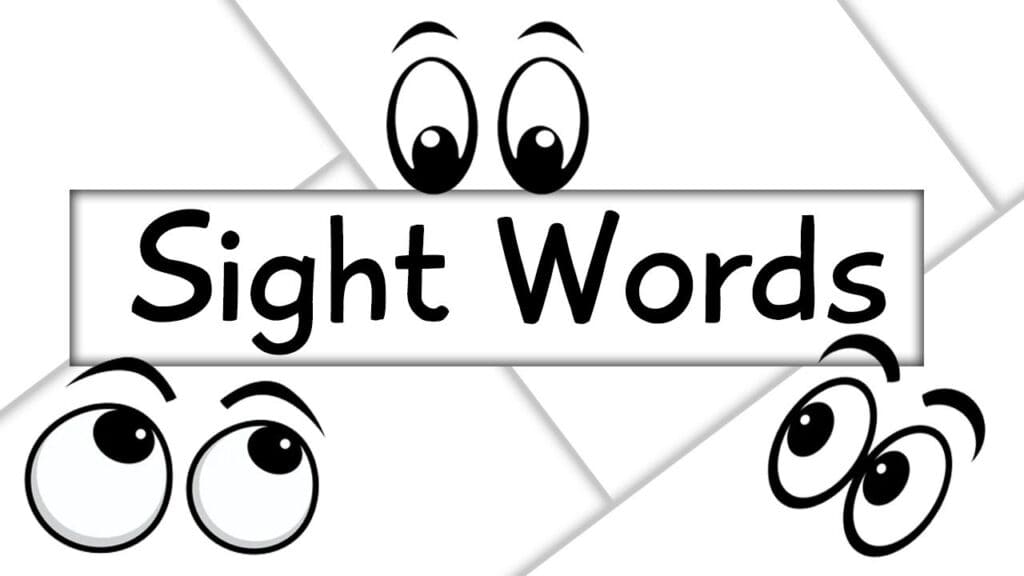
A sight word is a word that a reader can recognize at a glance without having to decode each letter. These are common words in written form that became key words to the reading fluency.
Children who can recognize sight words instantly release mental space to identify unknown words and comprehend what they are reading.
What is a sight word, technically? Sight words refer to high-frequency words that teachers expect students to have developed knowledge of without having to read them out.
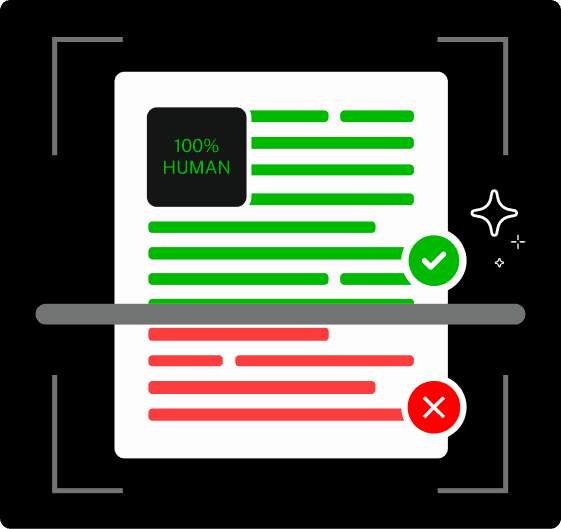

Älä enää koskaan murehdi tekoälyn havaitsevan tekstejäsi. Undetectable AI Voi auttaa sinua:
- Tee tekoälyavusteinen kirjoittaminen näkyväksi ihmisen kaltainen.
- Bypass kaikki tärkeimmät tekoälyn tunnistustyökalut yhdellä napsautuksella.
- Käytä AI turvallisesti ja luottavaisesti koulussa ja työssä.
Some of the sight words are regular phonics (e.g. can, and, etc.), others are irregularly spelled, and do not follow the overall phonics rules (e.g. said, was, or one).
It does not matter what the patterns may be regarding the spelling; the final outcome is the same: automatic recognition without stuttering.
Dolch and Fry word lists, the most common sight word lists, were invented by Dr. Edward Fry and Dr. Edward William Dolch, respectively in the 1930s and 1940s.
The lists consist of the most frequently used words in children literature and are used today in numerous classrooms.
Why Are Sight Words Important?
The value of sight words is beyond recognition. Such foundational words are the keys to various reading developmental challenges that define the whole literacy process of a child.
Build Reading Fluency
Reading fluency refers to the capacity to read a text fast, correctly and in an appropriate manner.
Sight words are the fragments of fluency since they are found in almost every sentence that a child reads.
Reading becomes hard and frustrating when a young reader has to decode common words as the, and, to or you every time they come across them.
For instance, in the sentence “The cat ran to the tree and saw the bird”. There are ten words, of which five are sight words.
A child who is aware of these words immediately can read the sentence fluently and direct his/her decoding ability on cat, ran, tree, saw, and bird.
Improve Comprehension
Sight words enable children to distribute their cognitive resources in a more efficient way.
A child’s comprehension of reading is hampered when they use all their cognitive abilities to break down individual words.
Suppose you are trying to read a story but after every few seconds you need to determine what each word means.
By the time you complete a sentence, you cannot remember how you started or what you read.
Once word recognition is automatic, the readers are able to focus on creating meaning out of text.
Moreover, since many sight words are functional words, they begin to ask themselves questions about words, plot, and ideas, rather than having difficulty with simple word recognition.
These involve articles, prepositions, conjunctions and pronouns that form the grammatical makeup of sentences.
Words such as the, of, and, a, to, in, is, and you have little meaning by themselves, but are essential in the way other words are joined to one another.
Children grasp the construction, as well as the meaning of sentences, more easily because of the immediate identification of these linking words.
Empower Confidence in Early Readers
Success is the greatest contributor to the reading confidence in a child.
When young readers can choose a book and guess the majority of the words by looking at them, they experience the pleasure of reading when compared to the frustration of never being able to read.
It is a healthy experience that pushes children into reading more. This improves their reading capacity and ensures that the process of reading is enjoyable.
Children with difficulties in reading simple sight words usually become anxious in their reading.
They make comparisons with their classmates who read more easily and start to think they are not good readers. Such negative self-image may last for years and might lead to a decline in academic results.
Teaching sight words is the most effective approach to helping every child achieve early reading success.
Such words may be taught through repetition and practice, even by learners with phonics difficulties, and may provide them with a bridge to literacy, which will boost their confidence and interest in it.
Types of Sight Words
Understanding the types of sight words helps parents and teachers adjust instruction as needed.
The following are categories of sight words:
- High-Frequency Words: These are simply the most common words in written English. Examples of these include, and, can, get, said, come, and does.
- Irregular Words: Irregular words are also known as outlaw words or tricky words that are not common in regular phonics. These words are not easy to sound out with the phonics strategies, and thus memorizing them by sight recognition is a necessity. Examples are one, two, said, was, does and goes.
- Phonetically Regular High-Frequency Words: A lot of sight words are phonically regular, but the frequency of their use renders it significant that children learn to identify and recognize them without having to identify or decode them each time. Children may know how to sound out these words, but automatic recognition will increase the reading speed. Examples include, and, can, at, in.
- Content-Specific Sight Words: There are words that occur repeatedly in certain situations and this varies according to what the children are reading. Sight words may be science words, such as energy, habitat or experiment, when used in a science text. In math materials, “equal,” “subtract,” or “measure” serve similar roles.
A great means of helping children practice sight words in context is our Grammar Checker tool.
When pupils deduce their own sentences with newly studied sight words, they may copy their work to the Kieliopin tarkistusohjelma to know whether they used the sight words correctly.
This instant response facilitates good usage.
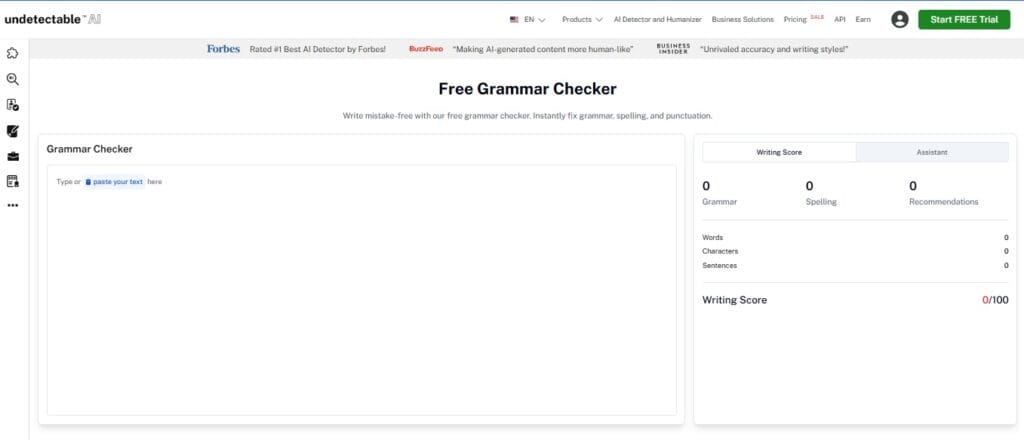
As an illustration, a child who reads the sight words, they, said, and were may write: “They were happy when they said goodbye.” The sentence constructions and use of words can be verified using the Grammar Checker, which allows the child to develop trust in their writing.
Another interactive means of practicing sight words is using interesting tasks.
Parents and teachers can utilize our AI Chat to produce personalized sentences with certain sight words that children are working on, generate stories that contain a week of target words or build word searches, fill-in-the-blank assignments, and matching activities.
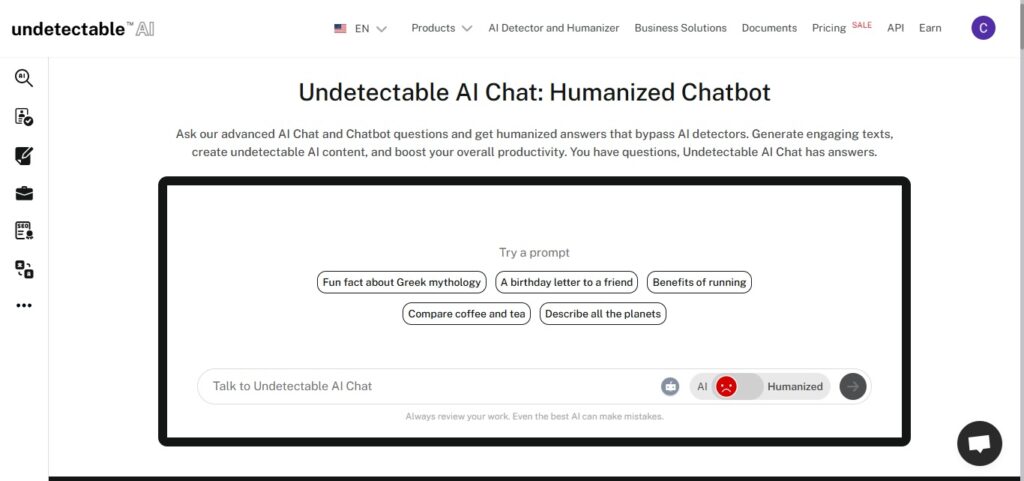
Examples of Common Sight Words by Age Group
Various reading levels and age groups pay attention to different sight word lists.
The following is a list of common sight words taught at each level:
- Pre-K and Kindergarten (Ages 4-6): The children get acquainted with the simplest high-frequency words at this age. Such primitive words will be in the predictable books, pattern books and new readers. When a kindergartener learns these 25-30 words, they can read a broad scope of simple books on their own.
- Esimerkkejä: a, the, I, you, to, and, is, in, it, he, she, we, me, my, can, see, go, like, come, here, look, at, on, up, down, big, little.
- First Grade (Ages 6-7): By the end of the year, first graders should be familiar with 100-150 sight words. By learning these words, they are able to use more complex sentences and longer texts.
- Esimerkkejä: said, have, has, do, does, are, were, was, they, them, their, what, when, where, why, who, which, some, come, from, with, this, that, these, those, one, two, three, about, would, could, should.
- Second Grade (Ages 7-8): In the second grade, the lists of sight words expand to a total of 200-300. This is the phase at which the children get exposed to ideas and associations that are more abstract and are mentioned by sight words.
- Esimerkkejä: because, preceding, following, during, continuously, always, again, once more, frequently, occasionally, all, much, very, more, most, just, only, amid, among, without, any, something, everything, nothing.
- Third Grade and Beyond (Ages 8+): By now, the students in third grade and onwards are expected to be conversant with 300 or more of the sight words. A focus is made on the content of words and more than one-syllable words are used in their grade books on a regular basis.
- Esimerkkejä: important, different, example, however, therefore, although, describe, explain, compare, measure, observe.
As children progress to reading, they will find sight words in every academic field of study.
Havaitsematon Kysy AI:lta is indispensable when it comes to school projects and homework.
Learning becomes easier with Ask AI because it helps students to overcome the growing complexity of academic language without a decline in developing their sight word vocabulary.

Educators can also use the AI Checker to review sight word exercises and ensure the materials were created by humans rather than AI.
This helps maintain authenticity in student learning resources and keeps classroom materials aligned with real human writing patterns.
How to Teach Sight Words Effectively
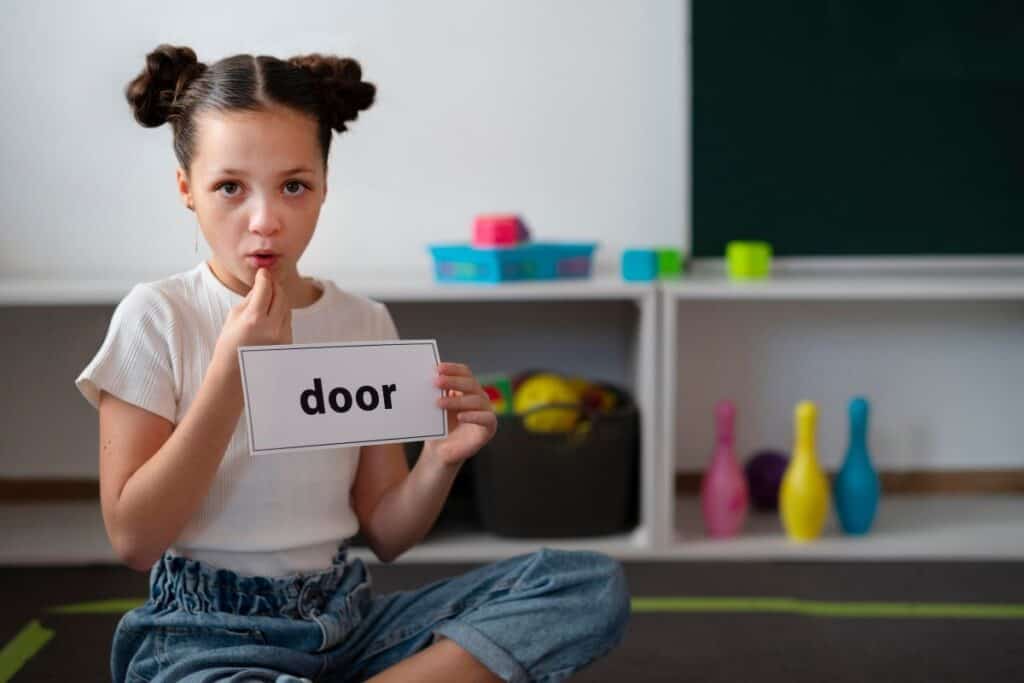
Tehokas sight word teaching involves the use of diverse strategies to support the various learning styles and reinforce memory with the help of different types of repetition.
- Start Simple and Gradually Move Up: Add 3-5 new sight words per week instead of sending children home with long lists. Let them learn a few words, then add more. This is a spacing strategy, which offers higher retention as compared to the cramming of a lot of words within a small duration of time.
- Apply Multisensory Strategies: Make use of two or more senses to improve memory. Ask the children to write words in the sand, in letter blocks, in finger paint, or in play-dough. Writing words is a physical movement that helps to improve visual perception. Air writing, which is writing large letters in the air while saying each letter, combines kinesthetic and auditory learning.
- Practice in Context: Students are able to learn sight words more effectively when they are presented in the context of the actual reading as opposed to learning them on flash cards in isolation. Read new sentences or books that have new words immediately. This context practice demonstrates to students the role of sight words in genuine reading.
- Create Visual Displays: Word walls provide visual reinforcement continuously. List sight words in alphabetical or thematic order on a classroom wall or home wall. Consult the word wall in performing the reading and kirjoittaminen. Kids will recognize these words, having seen them many times a day.
- Make Practice Enjoyable: Sight word bingo, matching games, word searches (where their sight words occur in books or magazines) and board games with sight word recognition will keep the children focused. Children practice willingly and enthusiastically when the practice is entertaining.
- Employ Repetition Without Boredom: Children should have as many repetitions as possible of each sight word. They can stamp sight words with letter stamps one day, search for words in a book in a scavenger hunt another, or type words on a keyboard the next.
Sight Words vs. Phonics: What’s the Difference?
The most frequently occurring question posed by both parents and teachers is how sight words correlate with phonics.
The reasons why both methods are required to learn reading are answered by understanding how they complement each other.
Phonics offers children the letter-sound correspondence. In phonics instruction, children learn to read by sounding out and then combining the sounds of letters or combinations of letters to create overall sounds and read them.
It offers the means of decoding unfamiliar words on its own.
Phonics instruction enables children to sound out letters (c), (a), (t) and combine the sounds to make the word when they come across a new word, such as cat.
Sight words, on the other hand, are focused on direct recognition. Instead of having to sound out the word each time they come across it, children are taught to identify it instantly as a unified word.
These methods are not competitive but are complementary. It does not have to be an either-or proposal by the parents or teachers.
Clear phonics instruction and daily sight word practice for developing automatic word recognition of high-frequency words benefit kids.
Kokeile AI Detectoria ja Humanizeria heti alla!
Päätelmä
Early literacy depends on sight words.
Children who learn to memorise sight words do this instinctively, and this is where reading fluency, understanding and confidence are unlocked.
When young readers can learn the sight words by heart, they read fluently, comprehend more profoundly, and see reading from a different perspective.
Through proper strategies, enthusiasm and encouragement, like writing with Grammar Checker, fun reading with AI Chat and homework with Ask AI, any child can master sight words and become an active and steady reader.
Support your child’s learning journey with Havaitsematon tekoäly, the trusted platform that helps create, refine and humanize educational content for authentic, high-quality results.
